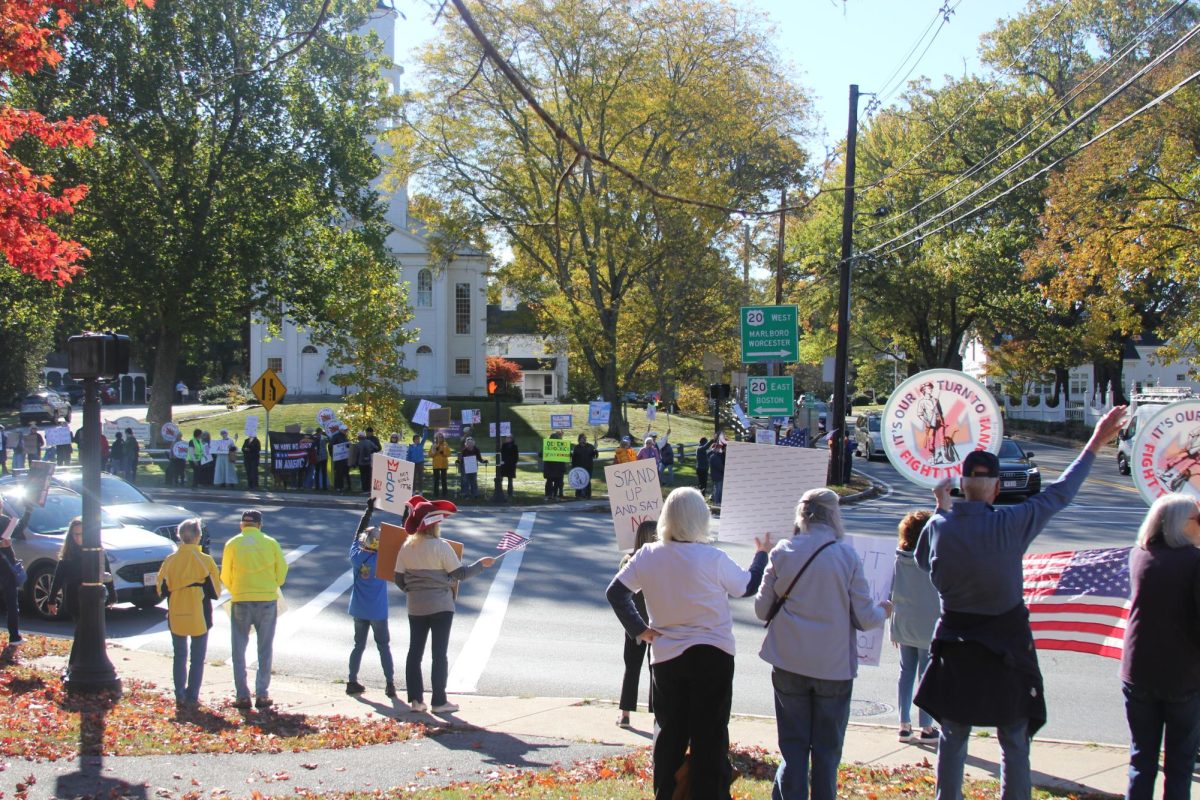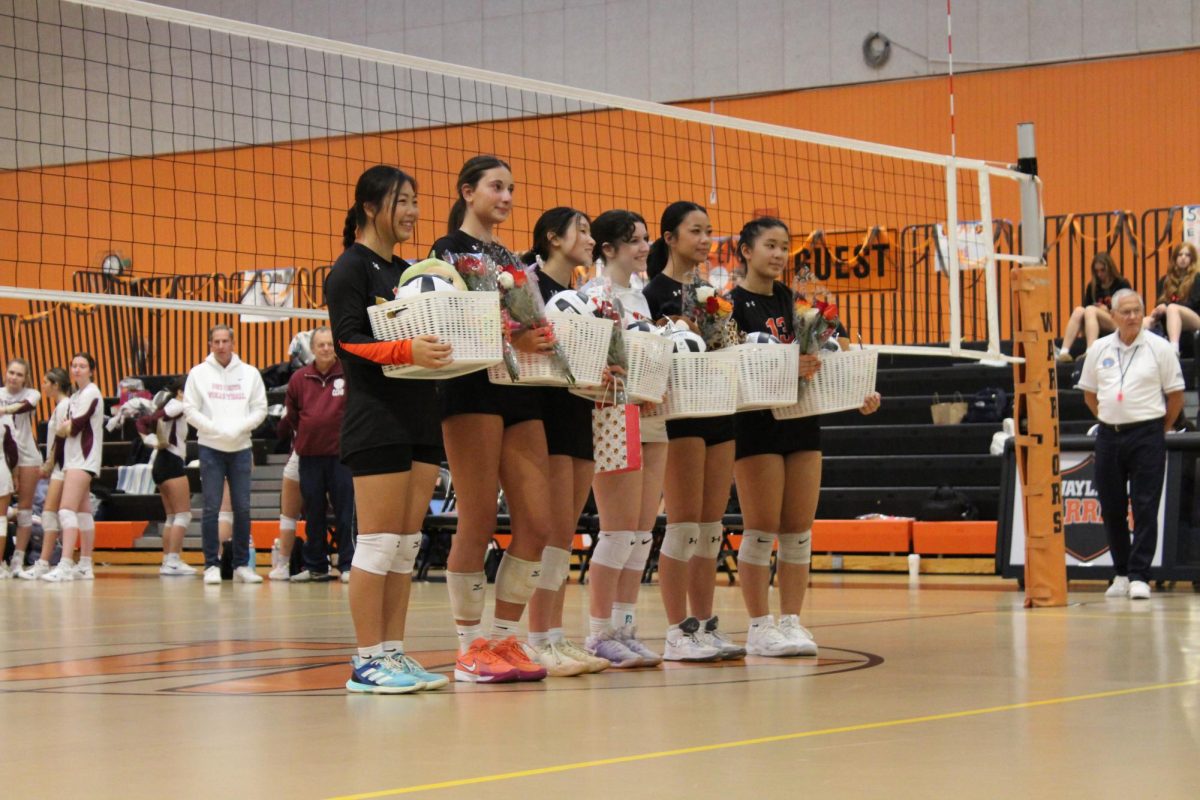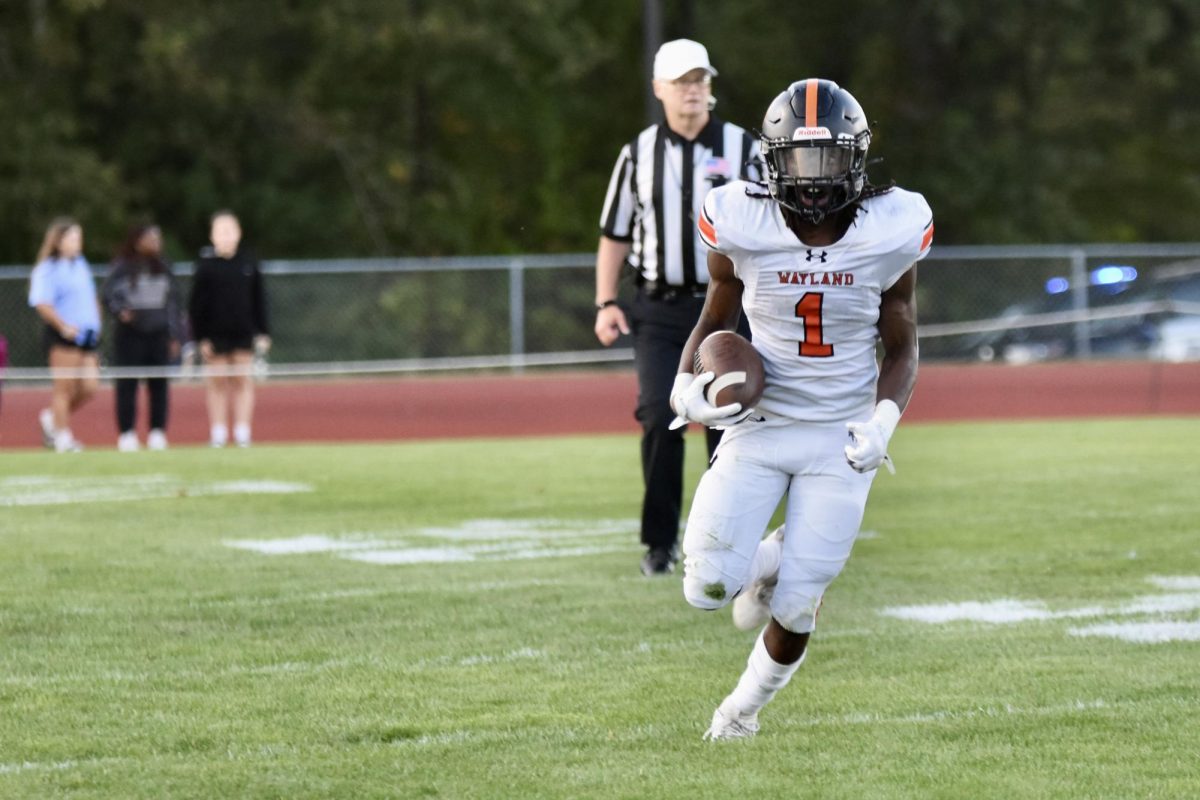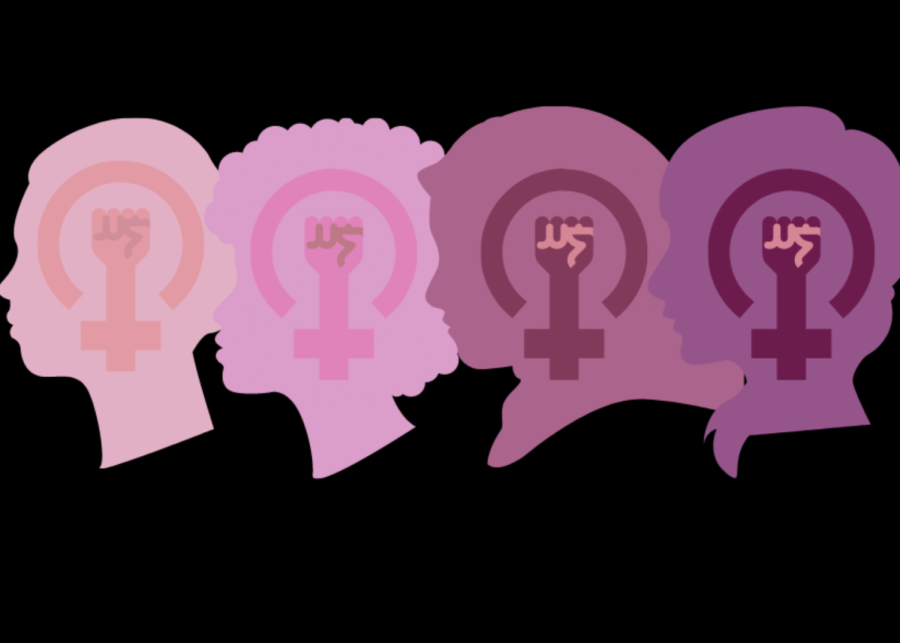Opinion: We can’t let Women’s History Month become obsolete
Credit: Delia Caulfield
WSPN’s Delia Caulfield discusses the importance of continuing the tradition of celebrating Women’s History Month and what we can do to bring further awareness to this topic.
March 30, 2022
March 1 marked the beginning of the month highlighting the accomplishments of women in improving the world as we know it today. Thirty one days of impactful stories from strong women across the globe who demonstrate the qualities that define what it means to be a woman in this day and age. It is meant to be the most empowering month for women everywhere.
Established and recognized as a national holiday starting in March 1987, Congress voted to authorize the month of March as national Women’s History Month in the United States.
This would not have been possible if not for the fight for recognition by women’s groups across the country. In 1978, The Education Task Force of the Sonoma County Commission on the Status of Women’s celebrated “Women’s History Week” in Santa Rosa, California. This event set the stage for the establishment of National Women’s Day, which takes place on March 8.
Then, in the 1980s, more women’s activist groups fought for the week of March 8 to be recognized at the federal level. This passed in 1980 when the president Jimmy Carter’s administration recognized that the history of female accomplishments and suffrage were crucial, and thus he declared the week of March 8 as Women’s History Week. Ultimately, this week expanded into the entire month being recognized as Women’s History Month.
It goes without saying that it took a long time for women to reach this point of recognition. It wasn’t until June 4, 1919 when Congress voted to pass the 19th Amendment, which granted women the right to vote.
Although almost every history book discusses the inequalities that women have faced throughout history, some may be wondering “Why isn’t there a men’s history month?” While, yes, men are responsible for the many advancements in our society throughout the years, they haven’t been forced to endure the bigotry surrounding being a gender that society viewed as “inferior.” It is important to highlight the success of improving the world as we know it, which includes the contributions of men; however, the month of March highlights those who were belittled and suppressed due to their gender instead of their intellect.
So, what have schools been doing to highlight this important month? Well, as stereotypical as it is, most schools across America opt to highlight powerful female mentors such as famous authors, educators and scientists that showcase what female accomplishment has looked like throughout the years.
In the halls connecting the history and language wings at Wayland High School, a large and colorful poster can be found overlooking the Media Center. The poster showcases cut-out images of women with impactful stories and who have worked towards bettering not only their country, but the world in its entirety.
While, yes, it is very validating to have such a public form of representation plastered on a wall in our school, I feel that it isn’t enough.
I have yet to hear any form of recognition for the month in my classes, other than the occasional side conversation with my peers. And this is fine, as the prime goals of the month are mostly self explanatory, as it should be obvious that bringing awareness to gender equality is important. Nevertheless, I feel like we could be doing more.
This can’t only be said about Women’s History Month. In the month of February, our nation recognized all of the Black Americans throughout history who have paved the way for change and shaped our nation to be better. However, other than a similar poster to that of Women’s History Month, it wasn’t substantially addressed by the school.
Other schools in the U.S., such as the Albuquerque Public School System in Albuquerque, N.M., have an entire section of their website dedicated to Women’s History Month. This page explains the history and importance of the month to educate students. Additionally, the school system came up with the “Women of Albuquerque Public Schools,” which allows students to nominate a woman in their lives that has greatly impacted them. The school then chooses one woman every week to depict strong women in their own community.
The school then shares the selected story on their Office of Equity and Engagement page and social media accounts.
While reading more about this, it caused me to think of ideas that our own community can execute to highlight the importance of local women and their impact on society. I was touched by the idea of the Albuquerque Public School System and would love to see our school come together and start something similar to this.
Although there are many ways that we can incorporate awareness into our curriculum, I feel it shouldn’t be forced, especially as a way to deter us from our current studies. However, refusal to recognize these groups at all is dangerous and something that drives us closer and closer to ignorance, even if we don’t realize it.
In my mind, education is the key to the future; without it, we as a society would be misguided and ignorant to the prevalent issues surrounding our world. The only way that our society will learn to embrace the stories of those who have fought for equality throughout history is by spreading awareness in schools about the past, present and future of change.
We are the future. It’s up to us to be the change we wish to see.















![This year, the Wayland team is made out of a JV team and a varsity team. There is a wide range of grades from eighth grade to twelfth grade that make up the teams. " [What] I will miss most [about the seniors] is their willingness to be involved," sophomore Mackenzie Grogan said. "Whether it was with school drama or referee frustration, they were really good at listening and giving good advice."](https://waylandstudentpress.com/wp-content/uploads/2025/10/8F0FD331-F005-4C3F-9F77-402D1C1953D6_1_201_a-1200x800.jpg)











